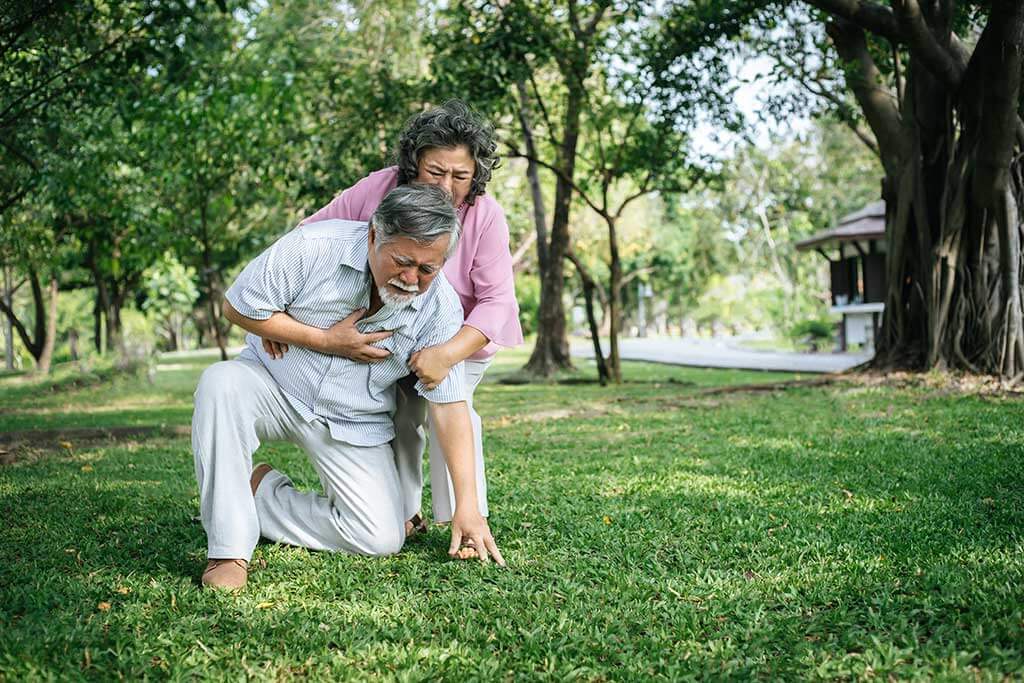Atrial fibrillation, or A-Fib, is fairly common amongst older folks, yet it’s not well understood by most. Patients with A-Fib have an irregular heartbeat in the upper chambers of the heart. A-Fib (atrial fibrillation) can be life-changing for many people. The condition may reduce your energy levels. Activities like driving may need to be limited. A-Fib is generally manageable, but it also increases the risk of heart problems, stroke, and other health issues. Caregivers and family members of older folk should keep the following information in mind, to catch early symptoms of A-Fib in loved ones and learn how to take care of their older loved ones who may be experiencing A-Fib.
To treat A-Fib, first, we need to better understand what it is.
A-Fib Symptoms
Some who have A-Fib may not experience symptoms at all or have mild symptoms that are detectable only during physical examinations. Other older folks may only have symptoms when performing strenuous activities like taking the stairs, lifting heavy objects, and so on.
Symptoms include:
- Increased fatigue
- Weakness
- Giddiness
- Difficulty breathing
- Pain in the abdominal area
- Fast-beating heart
Treatments of A-Fib
Left untreated, A-Fib can increase the risk of stroke and heart-related fatalities, especially for older folks above 65. To treat A-Fib, we have to first do an examination to determine one’s medical history, and conduct an electrocardiogram (ECG) test, or even an intracardiac electrophysiology test, to get the correct diagnosis.
Here are some recommended treatments:
Medication
Calcium channel blockers, as well as Beta-blockers, help to slow down the heart rate and relieve the symptoms of A-Fib. Other medications to mitigate the symptoms include:
- Blood thinners
- Medication for Thyroid
- Electrical cardioversion, in which a controlled electrical shock is sent to the heart while under anesthesia, to restart a normal rhythm
- Antiarrhythmic medications are usually initially given during hospital stays so that they can be monitored carefully
- Catheter ablation, which is the insertion of a catheter, in order to remove “trigger spots” in the upper chambers of the heart that are sometimes linked to A-Fib
Diet And Exercise
To reduce the risk of A-Fib, one of the important things is to maintain a healthy lifestyle through diet and exercise and limit alcohol consumption. This helps to keep cholesterol and triglyceride levels low, as well as maintain blood sugar levels.
Early detection helps to increase the chances of the success of treatment and management of A-Fib and its symptoms. For some of the older folks, it can be difficult to keep to a healthy lifestyle, primarily due to their need for a mobility aid, or help when it comes to transportation. They may also no longer have the ability to prepare complicated meals.
You should take the necessary steps to ensure that your older loved ones have the assistance they require, including grocery shopping, cooking and meal preparation, cleaning, doing physical tasks and activities, and so on. This will help them be better able to lead a healthy and active lifestyle, and as such reduce their risk of A-Fib.







